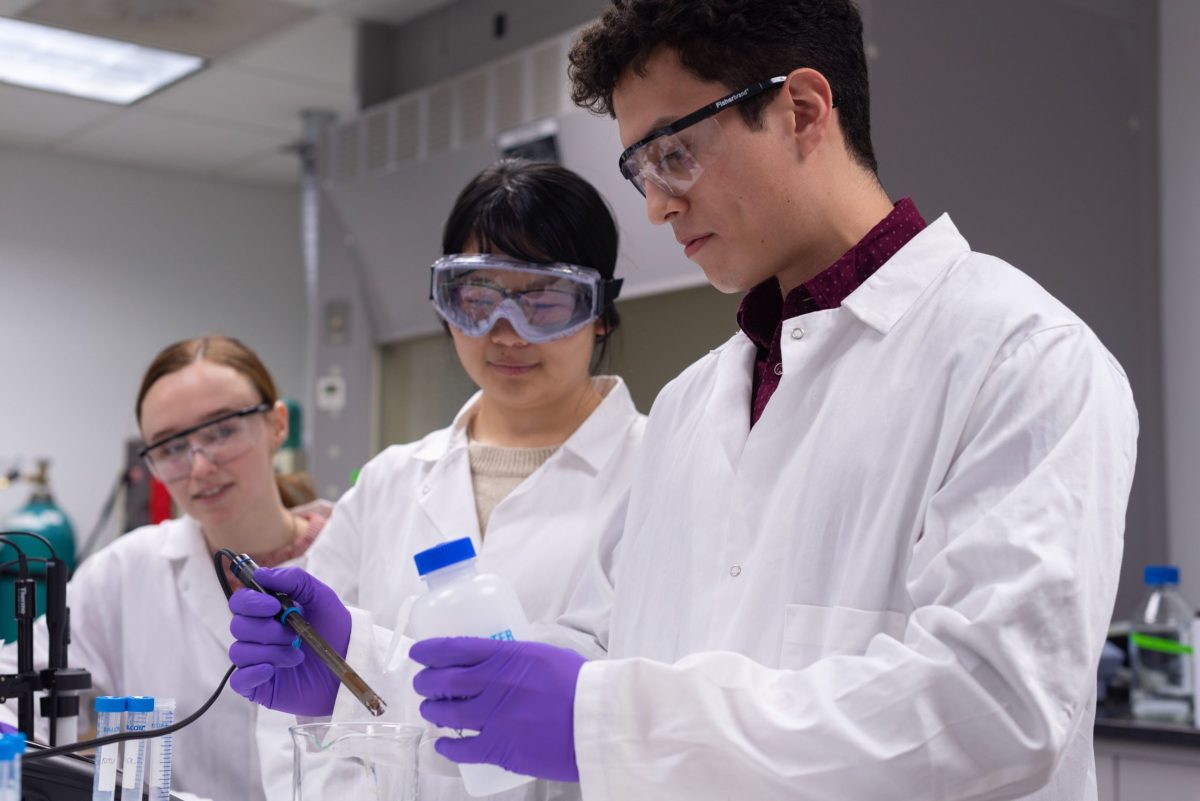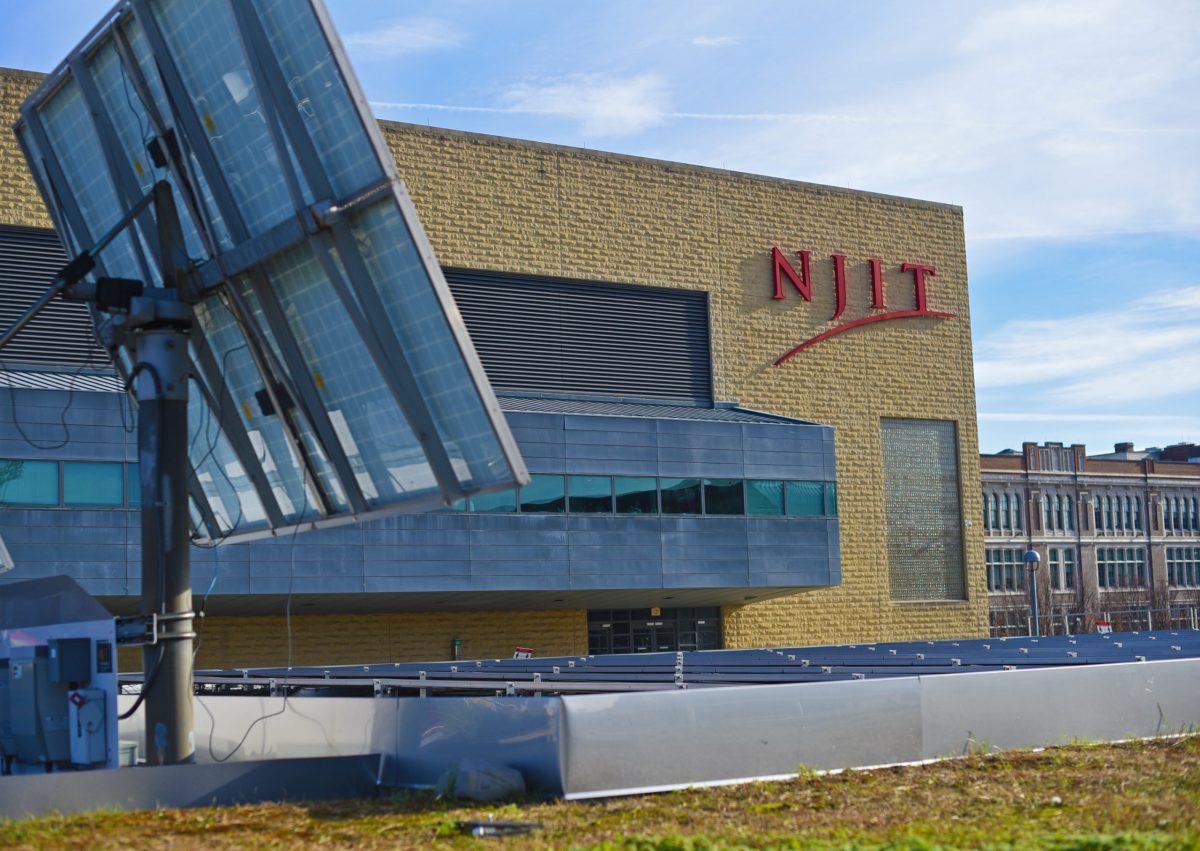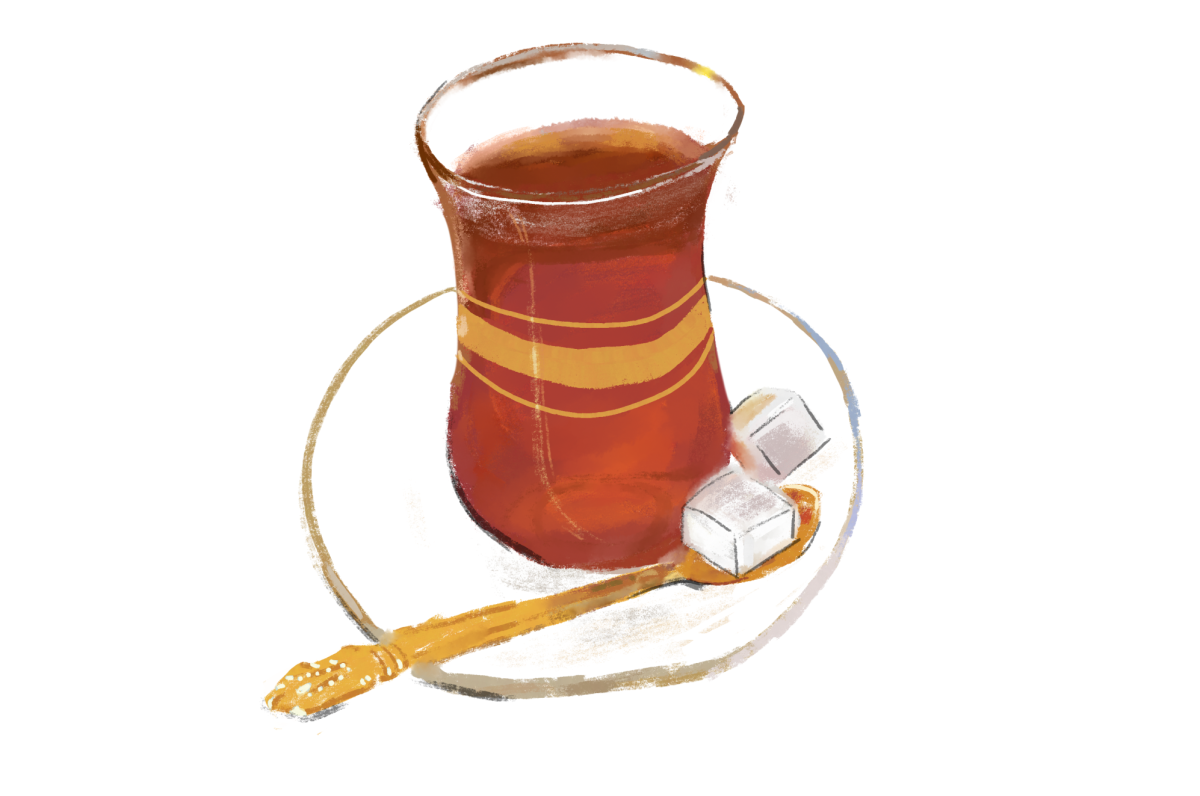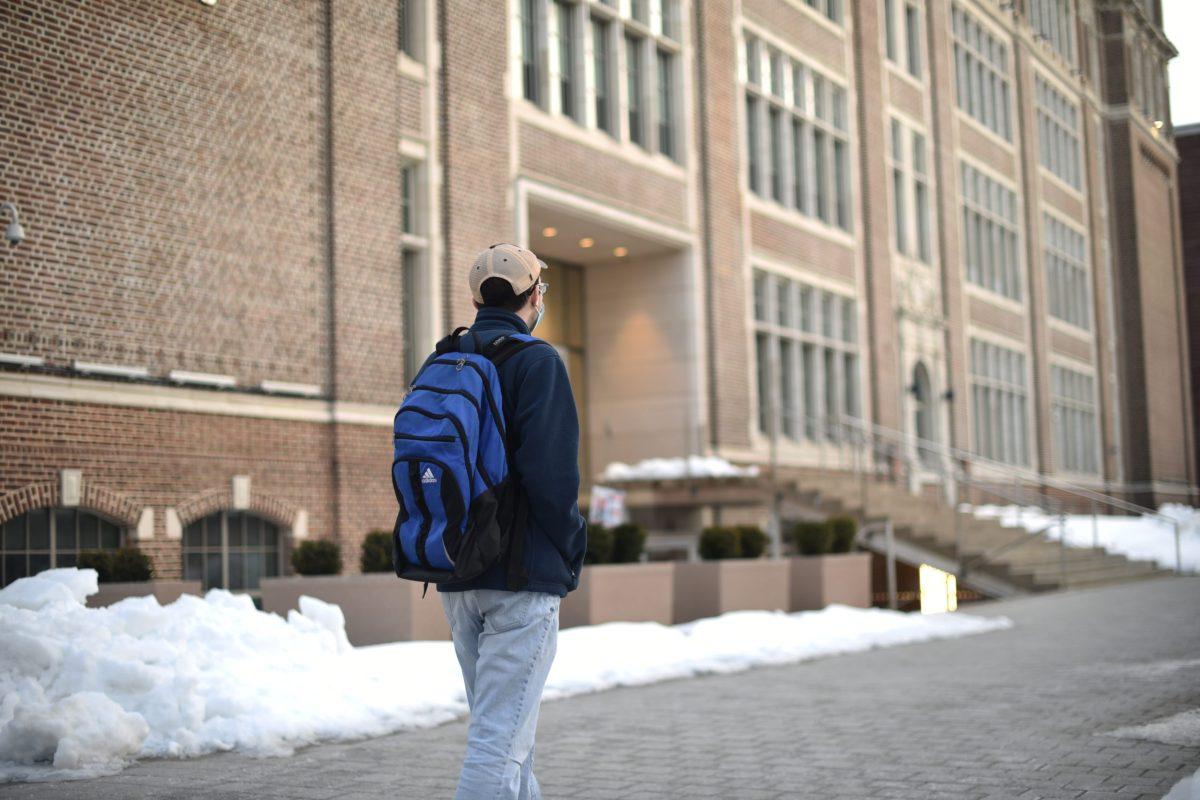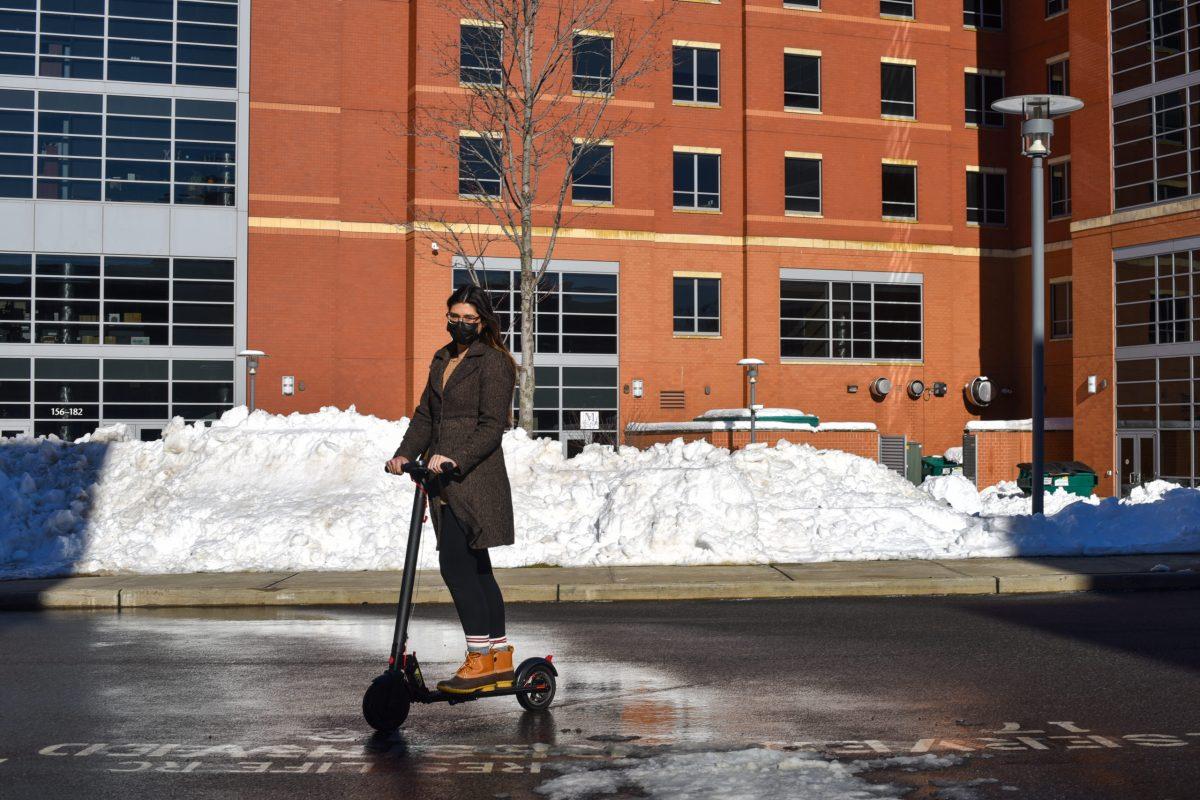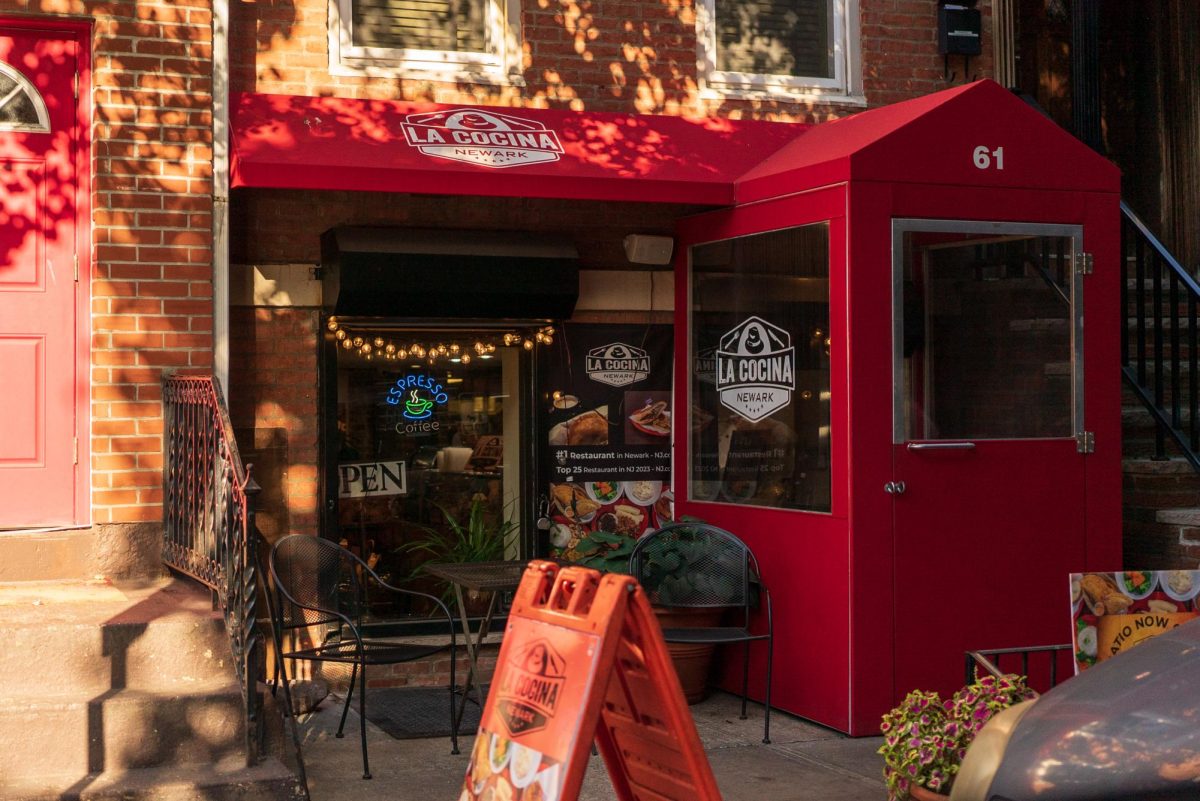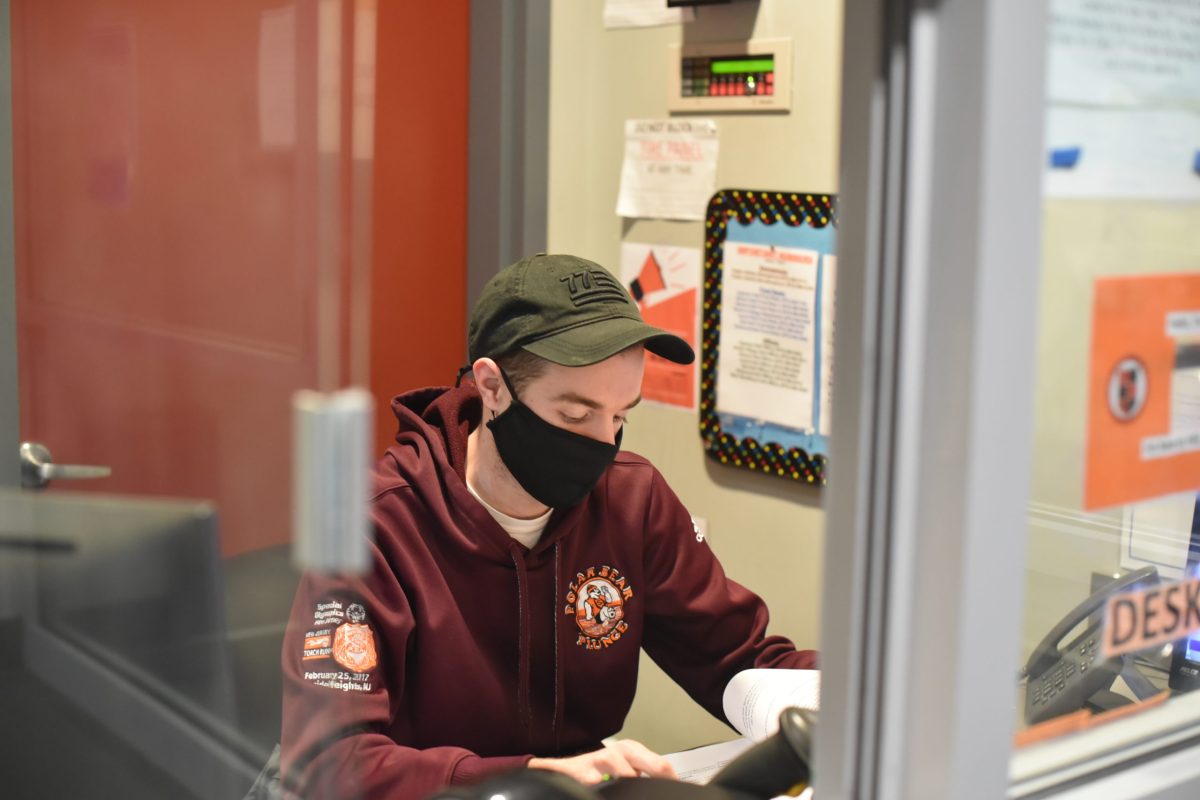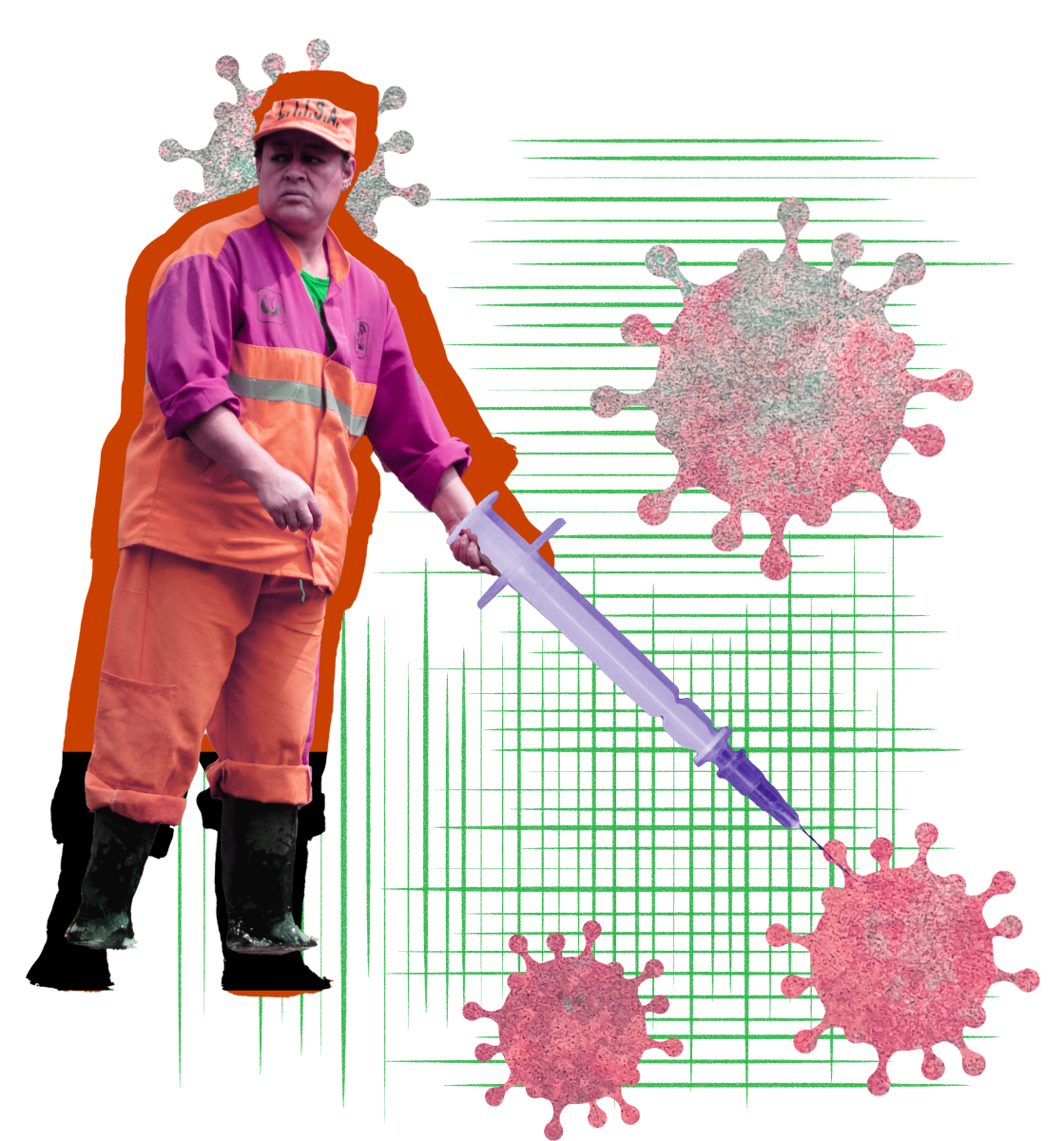NJIT is no stranger to the lead-water crisis that continues to plague Newark citizens, with continuous testing and replacement of repairs being watched closely in the past years as the extent of Newark’s drinking water problem came to light. Dr. Lucia Rodriguez-Friere’s research team in the department of Civil and Environmental Engineering is one of several such teams leading the charge in educating others on drinking water and discovering important solutions that provide clean, safe and reliable drinking water nationwide.
When the Newark lead water crisis came to a head in the summer of 2019, Rodriguez-Friere’s team of graduate and undergraduate students aimed to make the state of NJIT’s water levels as transparent as possible by conducting multiple tests on sampling locations across campus.
Rodriguez-Friere invited her undergraduate students, including Erin Foody, Tola Chen, Paula Herredia Guerrero and Jessy Martinez to identify areas on campus to test for lead, iron, manganese, aluminum and pH composition of drinking water, and further prepared the samples using digestion by acids. For example, Erin Foody, a second-year civil engineering student, paid particular attention to drinking spots around campus where people live and cook. Pointing out her office doorway, Rodriguez-Friere said, “the only water I drink is right across this hallway. I completely trusted my students to identify places on campus to test for water composition.”
Rodriguez-Friere’s examination of campus water goes more in depth than NJIT’s publicly released information does. For example, according to NJIT’s recommendation of allowing sink water to flow for five minutes before collecting, Rodriguez-Friere’s students collected multiple samples at each location, of the intervals at zero minutes, one minute, two minutes, four minutes, and six minutes. Additionally, Rodriguez-Friere’s team also collected water samples after the greatest amount of stagnation, early Monday mornings, in which lead has stayed in the pipes for the longest time. “Fortunately, all these tests revealed the samples were good and we are preparing a report that will be released on our website soon.”
Additionally, Rodriguez-Friere and her student researchers are examining how effective anti-corrosives are in combating the Newark water crisis. “Newark gets water from Wanaque and Pequannock water systems,” said Rodiguez-Friere, elucidating the issue. “Pequannock is the one with elevated lead levels,” because of failed anti-corrosion efforts by silicate chemicals, which was further worsened because this water and its anti-corrosive chemicals going into Newark “was being diluted by Wanaque water. The pH was also lower than usual.”
As a result, Newark doubled down on their efforts through their Lead Service Line Replacement Program, vowing to replace all 18,720 affected lead service lines within 24-30 months, rather than its originally planned 10-year effort. Rodriguez-Friere noted that “there’s no other city that has replaced lead service lines as fast as Newark has,” with 7,247 of 18,720 replaced since March 2019.
Concerns for the health of citizens for the time being have inspired groups like Rodriguez-Friere’s to conduct further research into anti-corrosive chemicals. Newark decided to add orthophosphate in May and June, an anti-corrosive chemical that has proven to be effective in other cities. Rodriguez-Friere’s research team is researching how effective added orthophosphate is in conjunction with existing silicates while lead lines are still being replaced, or whether silicates are still needed. The data on orthophosphate effectiveness “looks promising,” says Rodriguez-Friere.
As part of this research, her team is observing pipe “scales,” or the residue deposited on the sides of lead service pipes. Essentially, “we are opening the pipes and looking at the mineral composition of the scales that have been deposited in the pipe walls,” which offers valuable information about anti-corrosion effectiveness. For example, if orthophosphate easily penetrates scales and is covered by other minerals such as lead oxides, carbonates, silica, etc., its anti-corrosive properties will be less effective than expected. “All of these minerals and the equilibrium between these spaces will affect how lead is mobilized from these pipes,” said Rodriguez-Friere.

Foody explained that she joined Rodriguez-Friere’s lab because the Newark water crisis really hit home. “I had seen this issue in the news and it was honestly something that worried me, so I was excited to get involved. I live on campus and I cook here so I wanted to make sure for myself that it was safe.”
Rodriguez-Friere echoed this sentiment: “I always wanted to work with communities that are negatively impacted. Maybe I am not able to fix the problem, but I can help inform communities about what is going on. And the lead issue is right here: This is where my university resides, where I go to work and where my students go to school.”
Finally, Rodriguez-Friere commented on the importance of environmental justice in her lab’s research. “Everyone is scared of lead, not just poor people.” The problem lies in the difference: “People with higher economic power can spend a few thousand dollars to replace a lead service line or install full reverse osmosis filters. Others with less money will have to rely on the typical water model, which can be dangerous, and sometimes even more expensive down the line. The problem and the impact an issue like lead in water is the same for everybody. But the solution is not the same.”
Photos by Katherine Ji | Photography Editor



























